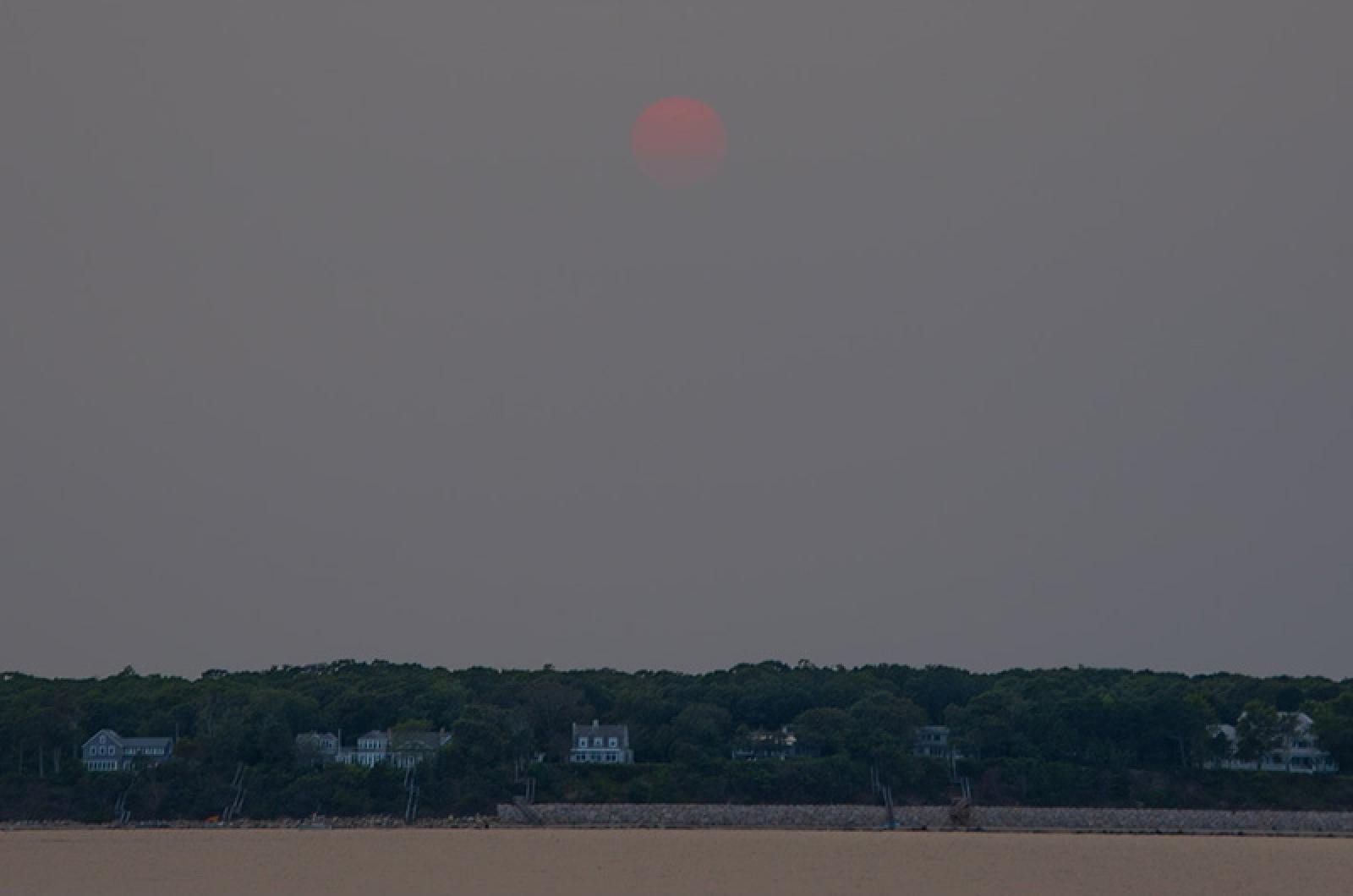An orange sun and skies in the morning and late afternoon aren’t the only changes that have come with the high altitude smoke in our atmosphere. The night sky is also different.
As eerie as the sky is during the day, try finding the Milky Way at night. Stand outside tonight and the nights ahead and the faintest stars are hidden by this veil over our heads. The West Coast fires have temporarily added a hazy canopy above us. This will continue as long as the jet stream continues to run a nearly direct route from the West Coast to the East. It is a spectacle for those who love sunsets but not for stargazers.
Tonight when you step outside and look up, the sky resembles what our city folk friends see often in the night sky. But this isn’t smog or city pollution. This is higher and its impact spreads almost globally as the fires continue. The brightest stars and planets haven’t dimmed, but the fainter stars are nearly or completely hidden.
This reminds us of Mount St. Helens, when she blew her top 30 years ago. The atmosphere was impacted for quite a while.
| Day | Sunrise | Sunset |
|---|---|---|
| Fri., Sept. 18 | 6:24 | 6:46 |
| Sat., Sept. 19 | 6:25 | 6:44 |
| Sun., Sept. 20 | 6:26 | 6:43 |
| Mon., Sept. 21 | 6:27 | 6:41 |
| Tues., Sept. 22 | 6:28 | 6:39 |
| Wed., Sept. 23 | 6:29 | 6:37 |
| Thurs., Sept. 24 | 6:30 | 6:36 |
| Fri., Sept. 25 | 6:31 | 6:34 |
| Day | Max (Fº) | Min (Fº) | Inches |
|---|---|---|---|
| Sept. 11 | 78 | 67 | 0.23 |
| Sept. 12 | 69 | 60 | 0.00 |
| Sept. 13 | 71 | 59 | 0.00 |
| Sept. 14 | 75 | 62 | 0.00 |
| Sept. 15 | 76 | 58 | 0.00 |
| Sept. 16 | 67 | 48 | 0.00 |
| Sept. 17 | 67 | 48 | 0.00 |




Comments
Comment policy »